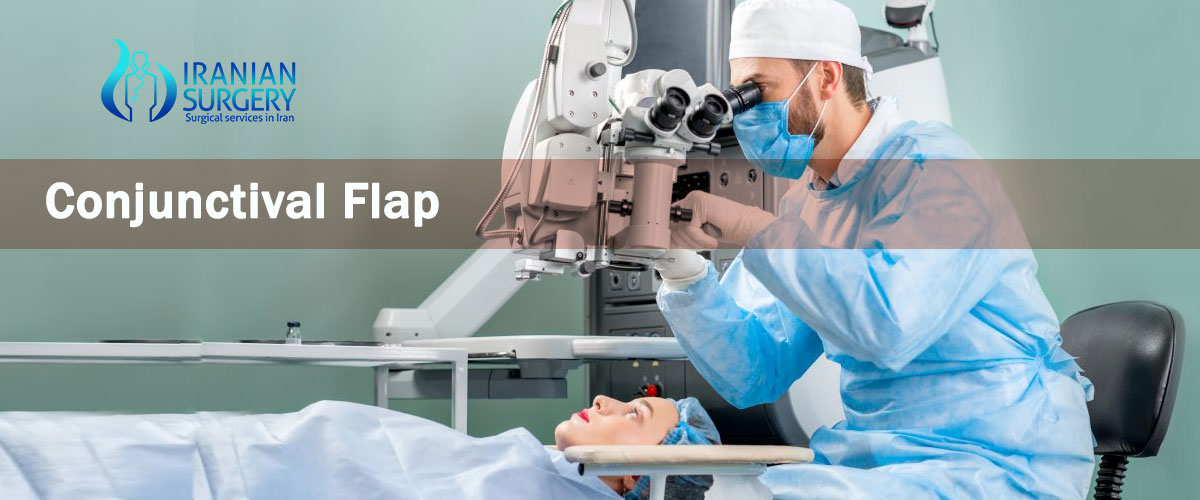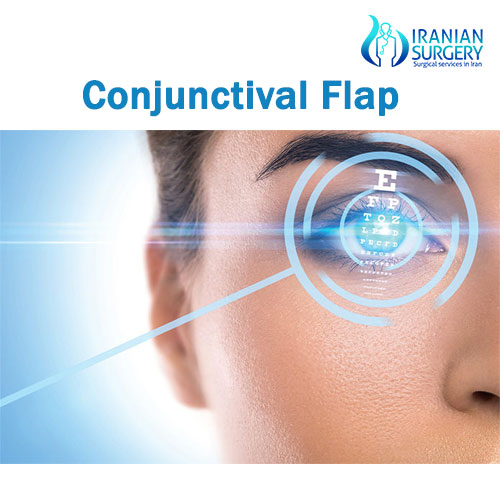Conjunctival flap surgery in iran

conjunctival flap surgery in Iran
A conjunctival flap provides a safeguard against exogenous infection and is almost universally used in the cataract surgery of today.In rupture of the wound after extraction of the lens, the use of an apron flap of conjunctiva combined with enlargement of the wound is suggested.A lateralized conjunctival bridge is suggested by Elliott when a cataract operation is necessary in an eye with a filtering bleb.An apron flap combined with scarification of a crescent of cornea is useful to correct excessive hypotony.A sliding flap may be sutured to the conjunctiva and episclera. To insure adhesion and prevent premature cutting out of the sutures, the ends of the flap may be buried under a small tunnel of conjunctiva.The corneal implant in keratoplasty is most frequently stabilized by some type of conjunctival flap.A bridge flap has been found useful in progressive ulceration of the cornea.Rodent ulcer may be covered with a flap which must be larger than the size of the lesion.A shrunken blind eye with intact cornea may sometimes be used as the basis for an artificial eye by covering the denuded cornea with a complete conjunctival flap.Complete coverage of the cornea has been found to prevent ulceration in acute gonococcal ophthalmia.How much conjunctival flap surgery cost in Iran?conjunctival flap surgery cost in Iran start from $590
conjunctival flap meaning
What is conjunctival flap eye surgery?
The Gundersen conjunctival flap procedure involves the transposition of a thin flap of conjunctiva to cover the cornea for the relief of painful ocular surface disorders or to provide metabolic support for corneal healing.A Gundersen flap, also known as Gundersen\'s flap, Gundersen\'s conjunctival flap, or conjunctivoplasty, and often misspelled Gunderson, is a surgical procedure for correcting corneal disease. It involves excising a damaged section of cornea, and replacing it with a section (or \"flap\") of the patient\'s own conjunctiva
Conjunctival Flaps surgery
Types of Conjunctival Flaps
Total Conjunctival FlapThe most commonly employed technique for a total conjunctival flap is described by Gundersen58 or modifications thereof. 60,70 % Anesthesia may be local or general, but retrobulbar anesthesia is adequate in mos casest. Before the procedure, it is important to evaluate the availability and mobility of the conjunctiva. Conjunctival scarring in the area to be mobilized may preclude the success of this procedure.After placement of the lid speculum, a 7-0 silk traction suture is placed through the peripheral cornea at the superior limbus (Fig. 36.5A). This allows the surgeon to control the globe and rotate it downward to expose the entire upper bulbar conjunctiva. Removal of the corneal epithelium can be performed after mobilization of the conjunctival flap. However, if done first, it is completed in a bloodless field and ensures it is not forgotten.

